Wonderful!Light sails that sail in the universe, take us to farther exogenous planets
Author:Astronomy online Time:2022.09.16
How can we capture photos of the planet similar to the earth? Use the sun!
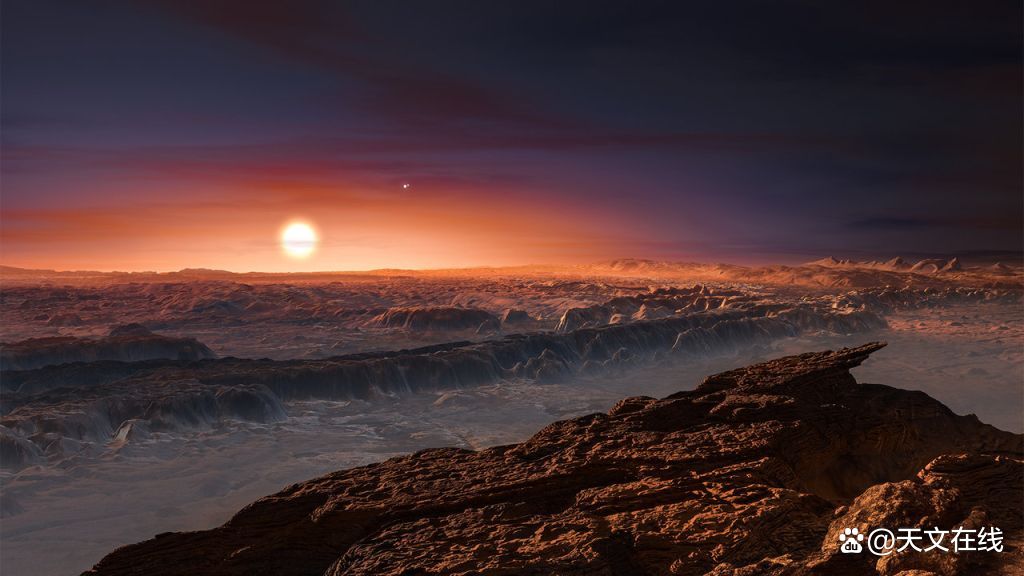
Illustration: The conceptual map of the surface of neighboring B.
At present, the biggest telescope cannot capture the closest to our known outer planet -neighboring Star B. If humans want to get a photo of such a distant world, we need to think further.
If we want to get such photos, one of the ways is to use the sun. The gravity of the sun bend the space around it, and this curved can cause the light of the light. At a proper distance, the sun can be used as a huge magnifying glass to provide the resolution required to shoot the external planet.
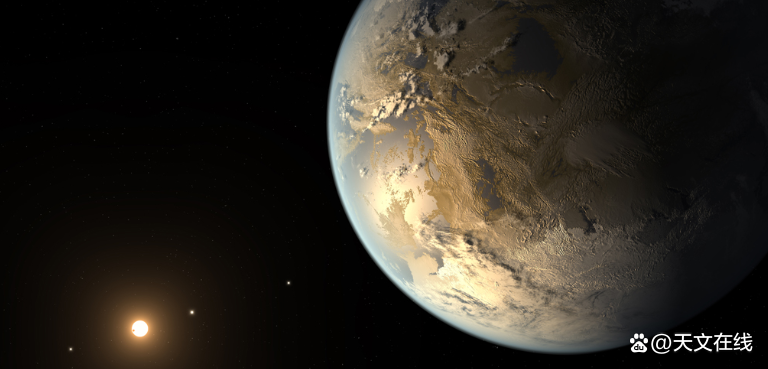
So, how can we send the telescope to an incredible distant place? A astronomer group recommends using a huge light sail to promote the spacecraft to reach there.
Astronomers are looking for a planet surrounding the sun -like planet, which can exist on the surface of liquid water on its surface. But scientists have not found the planet yet, although humans have found more than 4,000 known exterior planets, which is impressive.
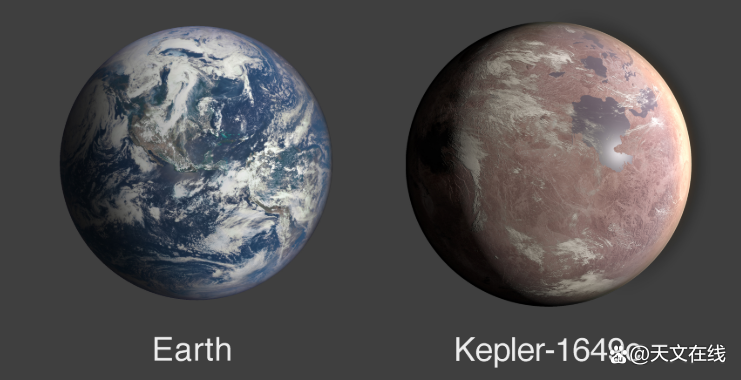
The search for most foreign planets depends on observations of very small and distant objects. Generally, the data object owned by astronomers may be smaller than a pixel. They observe the changes in brightness or the spectral changes of light to determine the existence of the external planet.
In a few rare cases, astronomers have been able to take photos of the outer planet, but those are very special, such as nearby, absolutely huge planets.
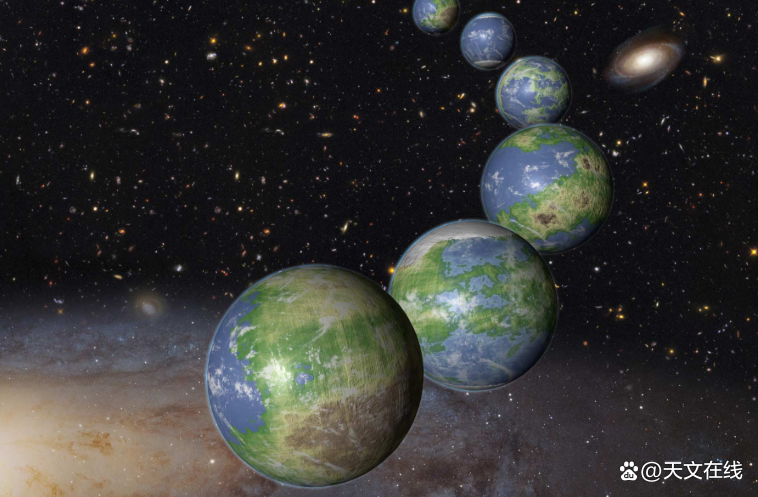
Even if we found a Earth 2.0, we couldn't take its photos. For example, the largest optical telescope is about to be Chile's Vera C. Rubin Observatory, with a diameter of 8.4 meters (27.6 feet). It was a real giant telescope. However, if we target it to neighboring Star B-the recent known foreign planet, it is about 4 light years. In this distance, its resolution ability will reach 1.2 million miles (1.9 million kilometers), which is about 150 times the width of the earth.

Other telescopes that are about to be put into use, such as the great telescope of Chile and the 30 -meter telescope of Hawaii, will not be able to make a breakthrough in this number. All of our plans, including space and ground, will never see anything of aliens in the next decades, but just a pixel of light.
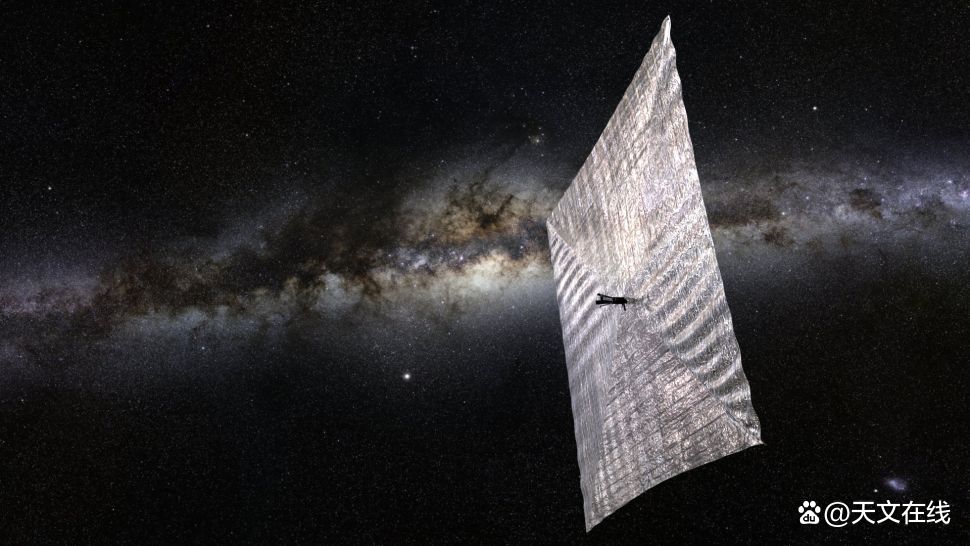
Illustration: The concept map of the solar sail drawn by the artist. Picture source: NASA
Bending gravity
Suppose we really confirm the existence of Earth 2.0; we found a world of residence, and through spectrometry, we determined that life might have found a foothold. How could we take its photos?
The answer lies in gravity. According to Einstein's general theory of relativity, material and energy will bend the time and space around them. The light will be forced to follow the bending of this space; no matter where the space is bent, the light must follow.
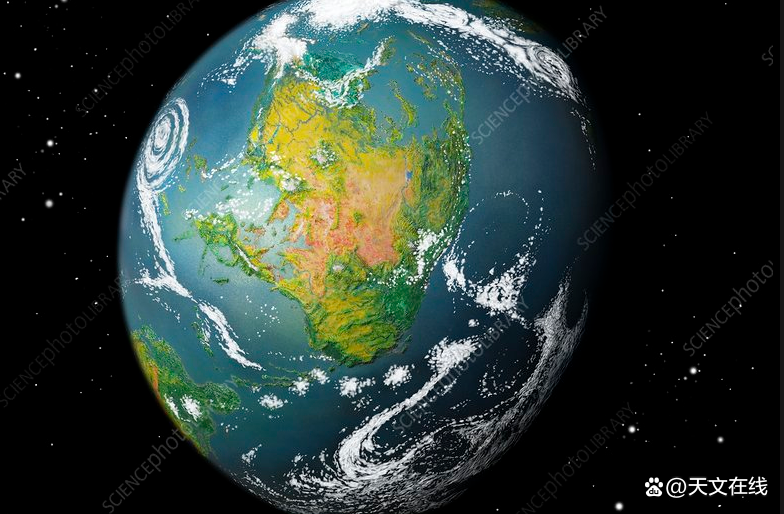
British celestial physicist Arthur Eddon used the deflection of this light to conduct the first experimental test of general relativity. He studied the partial rotation of the stars on the surface of the sun during the sun. Due to the bending of the space, the stars appear in the wrong place in the sky, and the distance is entirely predicted by Einstein's equation.
This role is like a lens. And the lens not only focuses on the light; they can also enlarge the light. If you imagine the sun as a huge magnifying glass, all you have to do is to put a spacecraft at the focus of this lens to use its capacity.
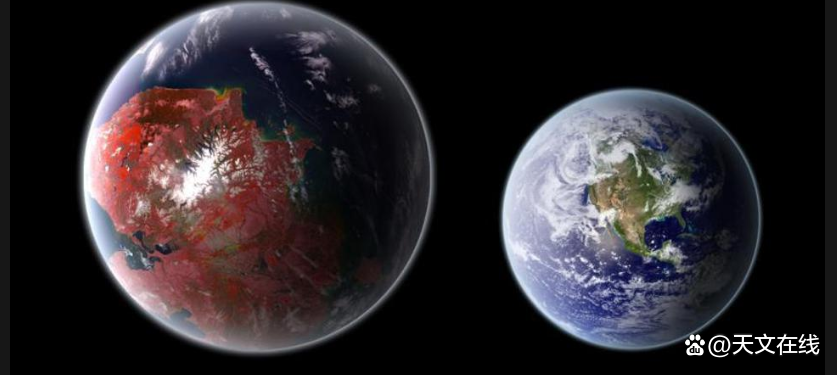
How big is this? The gravity of the sun can be like a lens with hundreds of billions. A spacecraft that uses this point will have a few miles of resolution on the neighboring galaxy. This will enable it to draw the mainland, the ocean, ice cover, and even the biological community. This will be a very powerful window to understand the universe around us.
But there is also a problem. This focus, that is, we need to place the telescope to use the position of the solar gravity lens, about 550 astronomical units (AU). A AU is the average distance between the earth and the sun-about 93 million miles (150 million kilometers), so this means that the focus will require 550 Earth-Sun distance. This is almost 20 times the Pluto. Traveler No. 1 is farther than any other spacecraft from Earth, and is currently about 40AU from the sun.
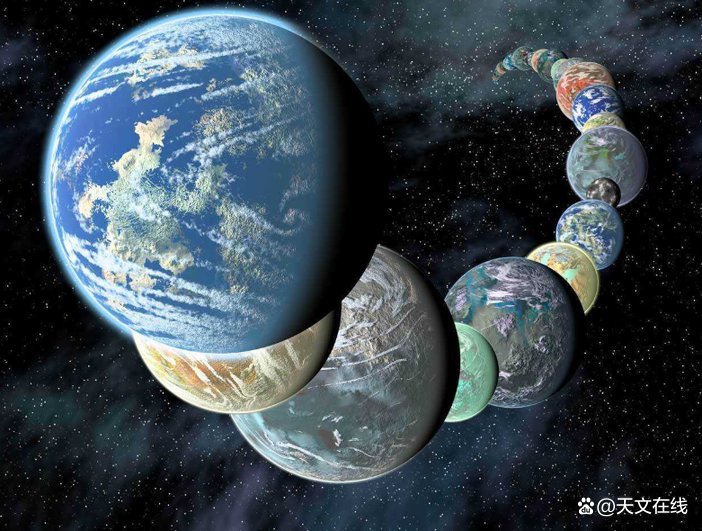
So how do we send a spacecraft to such a distant destination? A astronomer group proposed a solution: using light sails.
In a paper published in the pre -printing server in July, the researchers suggested using a spacecraft with no more than 220 pounds (100 kg), attached to a huge light sail, a huge thin piece imitating the sails. Essence Guangfan will use the light from the sun to promote the spacecraft, which may be driving about 20AU each year. This will make the telescope-it does not need to be so impressive, because the sun will do most of the work-reach the sun's focus in less than a quarter. Considering that it is not a big problem to design, build, and launch instruments like Weber Space Mirror.
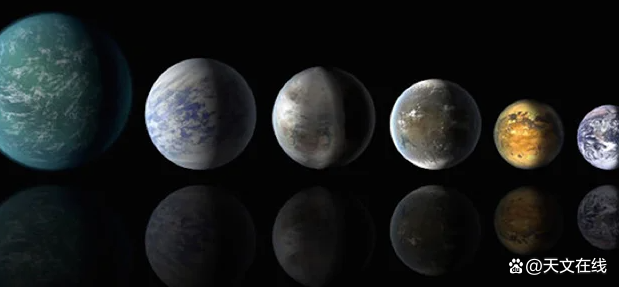
Nevertheless, Guangfan has not been deployed into space travel.This requires a huge leap in material science and engineering to design a lightweight sail that can truly promote the spacecraft.Therefore, the future exogenous planet imaginger may be the next generation of astronomers, but at least it is not a science fiction.By: Paul Sutte
Fy: Qiu Bai
If there is related content infringement, please contact the author to delete after the work is released
Reprinted, please obtain authorization, and pay attention to maintaining integrity and indicating the source
- END -
Another heavyweight scientific research institution landed on the first phase of the West Lake District to tackle brain regeneration topics

Zhejiang News Client reporter Shen Lin Correspondent Yang Jianmin Yang Jianmin Che...
2022 Lei Jun annual lecturer announcement MIX Fold 2 or unveiled at the same time

Drive China August 8, 2022Today, Xiaomi CEO Lei Jun stated in social media that it...